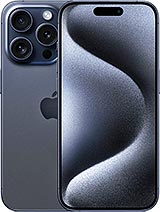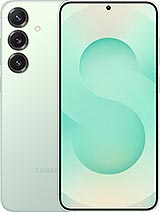Oppo F29 alternatives
Tap above to see alternatives.
Vivo X200 alternatives
Tap above to see alternatives.
4x2.2 GHz Cortex-A78
4x1.8 GHz Cortex-A55
1x3.63 GHz Cortex-X925
3x3.3 GHz Cortex-X4
4x2.4 GHz Cortex-A720
8GB 256GB (UFS 3.1)
16GB 512GB (UFS 4.0)
f/1.8, 27mm (wide), 1/2.88", PDAF
2 MP
f/2.4, (depth)
f/1.6, 23mm (wide), 1/1.56", PDAF, OIS
50 MP
f/2.6, 70mm (periscope telephoto), 1/1.95", PDAF, OIS, 3x optical zoom
50 MP
f/2.0, 15mm, 119˚ (ultrawide), 1/2.76", 0.64µm, AF
1080p@30/120fps
1080p
f/2.4, (wide)
f/2.0, 20mm (ultrawide)
1080p@30/60fps
SIM1: Nano, SIM2: Nano
SIM1: Nano, SIM2: Nano
FDD: N1, N3, N5, N8, N28
TDD: N40, N41, N77, N78
FDD: N1, N3, N5, N8, N28
TDD: N40, N77, N78
FDD: N1, N3, N5, N8, N28
TDD: N40, N41, N77, N78
FDD: N1, N3, N5, N8, N28
TDD: N40, N77, N78
In this performance comparison, the Vivo X200 with its Mediatek Dimensity 9400 (3nm) performs better than the Oppo F29 with the Qualcomm Snapdragon 6 Gen 1 (4nm), thanks to superior chipset efficiency.
Vivo X200 offers 4 years of OS updates, whereas Oppo F29 provides 2 years. For security updates, Vivo X200 offers 5 years of support compared to Oppo F29's 3 years.
Both Oppo F29 and Vivo X200 feature AMOLED displays, offering vibrant colors and deeper blacks. Both smartphones offer the same 120 Hz refresh rate. Vivo X200 also boasts a brighter screen with 4500 nits of peak brightness, enhancing outdoor visibility. Notably, Vivo X200 offers a higher screen resolution, resulting in sharper visuals and more detailed content.
Oppo F29 comes with a larger 6500 mAh battery, which may offer longer usage on a single charge. Vivo X200 also supports faster wired charging at 90W, compared to 45W on Oppo F29.
Both phones feature the same IP69 rating for water and dust resistance.
- Oppo F29 – Check price here
- Vivo X200 – Check price here
¹ Scores can vary even with the same chipset due to RAM, thermals, and software optimization.












